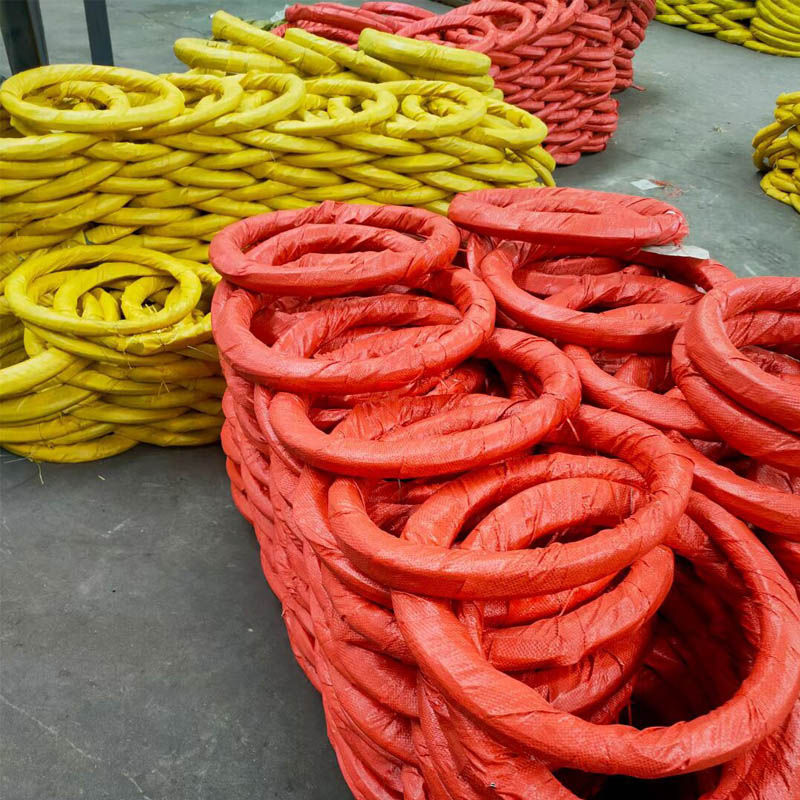
- Mobile Phone
- +8613931874955
- sales@cntcmetal.com
plastering corners with beading
Plastering Corners with Beading A Step-by-Step Guide
Plastering corners with beading is a crucial technique in interior finishing that ensures a clean, sharp look, while providing added durability to drywall edges. This process not only enhances the aesthetic appeal of a room but also protects the corners from chipping and wear over time. Whether you are a seasoned DIY enthusiast or a novice, understanding the basics of plastering corners with beading can significantly improve the quality of your craftsmanship. Here’s a comprehensive guide to help you master this essential skill.
What is Beading?
Beading, or corner bead, is a thin strip of metal, plastic, or other materials used to form a protective edge around drywall corners. It helps create a straight, clean line and provides a solid surface for plaster application. The use of corner beads in plastering simplifies the finishing process, allowing for sharper angles and reducing the chances of damage during construction or daily wear.
Tools and Materials Required
Before starting, ensure you have the following tools and materials
1. Corner Bead Choose between metal, plastic, or vinyl types depending on your project requirements. 2. Drywall Compound Also known as joint compound or mud. 3. Putty Knife A wide, flexible blade for applying the compound. 4. Utility Knife For cutting the drywall and corner bead. 5. Measuring Tape To measure lengths accurately. 6. Level To ensure your corner bead is straight. 7. Sandpaper or Sanding Sponge For finishing touches. 8. Paint and Primer For final touches after the plaster has dried.
Step-by-Step Process
1. Prepare the Area Start by ensuring that your drywall corners are clean and free from dust and debris. If there are any loose pieces of drywall or old paint, remove or smooth these out to ensure a solid base for the beading.
plastering corners with beading

2. Measure and Cut the Corner Bead Measure the height of your drywall corner and cut the corner bead accordingly using a utility knife. It’s essential to make precise cuts to ensure a snug fit.
3. Attach the Corner Bead Position the corner bead over the drywall corner. Use a level to check that it is straight. Once satisfied, fasten the corner bead in place using drywall screws or staples, depending on the type of bead you are using. Make sure the bead is flush with the drywall surface.
4. Apply the First Coat of Joint Compound Using a putty knife, apply a liberal layer of joint compound over the corner bead, ensuring coverage on both sides. Feather the edges of the compound so that it gradually blends into the surrounding drywall.
5. Let it Dry Allow the first coat of joint compound to dry completely. This might take several hours, depending on humidity and temperature conditions.
6. Sand and Apply Additional Coats Once dried, lightly sand the area to create a smooth finish. Be careful not to sand too much; you want to maintain the edge of the corner bead. Apply a second coat of joint compound, feathering it out further than the first coat, and allow it to dry. Repeat the sanding process if necessary. You may need a third coat for a flawless surface.
7. Final Sanding and Painting After the final coat has dried, do a thorough sanding to achieve a smooth finish. Wipe away the dust and then apply primer and paint as desired to match your walls.
Conclusion
Mastering the art of plastering corners with beading is a valuable skill for any homeowner or professional. Not only does it enhance the appearance of your interiors, but it also adds strength and durability to drywall corners. With the right tools, materials, and techniques, you can achieve impressive results that will stand the test of time. So, gather your supplies and get started on your next plastering project!
share:
-
Your Source for Concrete Wall Ties and Masonry AccessoriesNewsJul.10,2025
-
Unlocking the Power of Iron Wire for Every ProjectNewsJul.10,2025
-
Explore Advanced Chain Wire and Stainless Steel Mesh FencingNewsJul.10,2025
-
Discover the Benefits of Annealed Wire ProductsNewsJul.10,2025
-
Discover China Stainless Steel Wire Mesh SolutionsNewsJul.10,2025
-
Build with Confidence Using High-Performance Masonry AccessoriesNewsJul.10,2025
-
Why Sacrificial Formwork Is Redefining Underground ConstructionNewsJun.06,2025



















